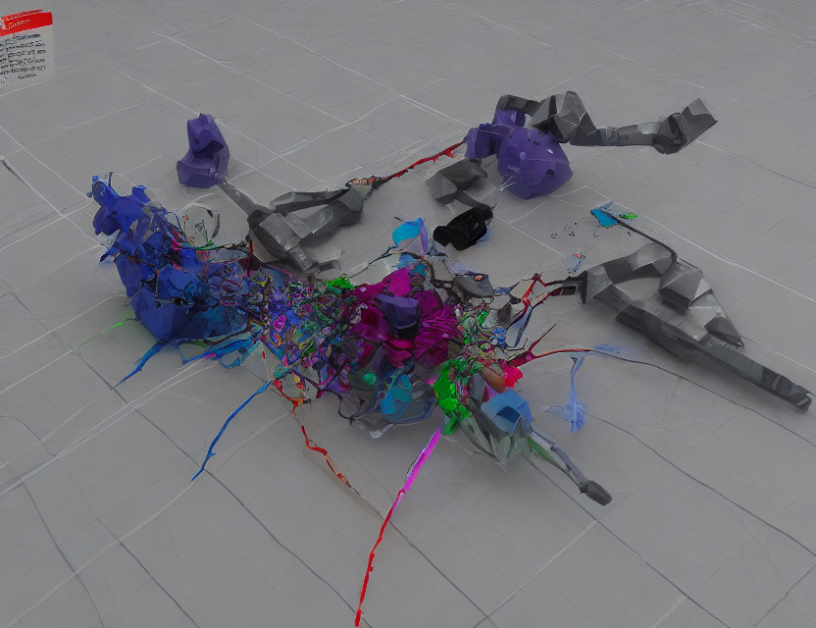In this article, the authors explore the importance of tactile sensing in soft robots, which are designed to mimic the dexterity and adaptability of human hands. Tactile sensing refers to the ability of a robot to perceive its environment through touch, allowing it to understand the physical properties of objects it handles. The article discusses various approaches to tactile sensing in soft robots, including the use of high-resolution tactile sensors and morphological perception using soft bodies.
The authors explain that traditional rigid robots have difficulty adapting to complex environments and gathering rich sensory information due to their inflexible structures. Soft robots, on the other hand, can change their shape and morphology by employing compliant materials or structures, allowing them to interact with their surroundings more nuancedly. This ability to deform in response to external stimuli becomes a powerful tool for perception, enabling robots to "feel" their surroundings passively and gather information about object shape, texture, and internal composition.
The article highlights the challenges of equipping soft robots with comparable proprioceptive capabilities, particularly for robotic fingers, which operate in confined spaces. The authors discuss various sensorization techniques, such as the integration of high-resolution tactile sensors into soft robotic fingers, and the use of shape context and chamfer matching in cluttered scenes. They also explore the concept of morphological perception using soft bodies, which involves utilizing the deformable nature of soft materials to enhance perception capabilities in robots.
To demystify complex concepts, the authors use everyday language and engaging metaphors or analogies. For instance, they compare the deformation of soft robotic fingers to a rubber band stretching or a finger rubbing against a rough surface, highlighting the ability of these robots to adapt to various environments.
In summary, this article provides a comprehensive overview of tactile sensing in soft robots, including the challenges and approaches to equipping these robots with enhanced perception capabilities. By using everyday language and analogies, the authors demystify complex concepts and offer insights into the potential of soft robotics for delicate manipulation tasks.
Fast and Accurate Implicit Surface Reconstruction for Soft Robot Kinematics



